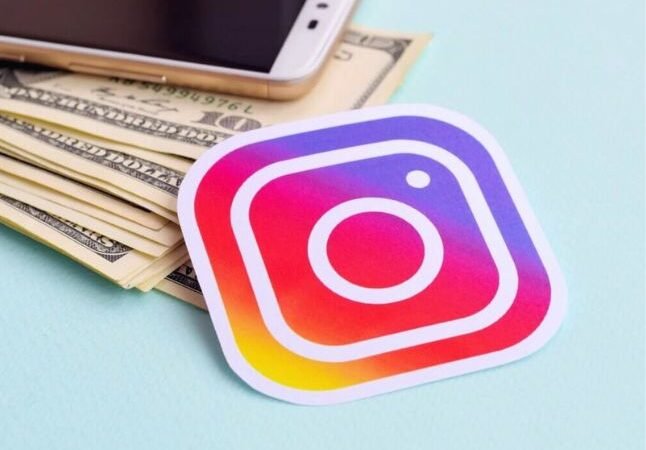Successfully Deploy A Business Application For Your Employees

Succeeding in your business application project requires a detailed understanding of the possibilities specific to each distribution alternative and the integration of this component from the very design stage. Omnipresent in our daily lives, mobile applications are now essential for many consumer services, which strive to provide an experience tailored to mobile rather than a simple variation of their website.
But What About Our Professional Tools?
These business applications are referred to as business apps. For the moment, less widespread, Hugo Hache, mobile technical director at Fabernovel, nevertheless notes a high level of expectation among employees, which is gradually encouraging most companies to invest in this field of business applications. Analysis.
What’s The Difference With Mainstream Apps?
Unlike general audiences, whose objective is the broadest possible distribution, the business app targets company employees. It, therefore, naturally contains authentication to ensure that the user belongs to the company. However, limiting use is not enough; employees must also be able to install it beforehand.
The simplest scenario is companies that have MDM (Mobile Device Management), a tool for managing employee smartphones. This famous MDM makes it possible to make the business app available only to registered terminals or even to install it remotely or automate its update. Only some businesses have an MDM. Either by choice, we talk about BYOD (Bring Your Device), or because the staff is not necessarily equipped with a professional device.
On Android, the process is quite simple. If the business application can have public visibility, and it is therefore acceptable in terms of brand image for the app to appear in general results, head to the Play Store. Otherwise, you have to go through a private store where, apart from a pop-up on the first launch, everything is similar to the nominal case of the Play Store. On iOS, it gets more subtle. To install a business app, employees will find it more accessible by going through the App Store, Apple’s public store. They establish the app the same way as all the others.
Public Visibility of Business Application
However, for this to be possible, public visibility must be acceptable, as for the Play Store. At Apple, the significant difference with the official Android store lies in the need to offer real value to the general public. If, after installation, the business application only offers an authentication screen for unique employees, then Apple will refuse placement in the store. What, then, if the use is in no way relevant to the general public?
You must then turn to a company certificate and distribution via a private store (AppCenter, for example). This technique allows you to install the business application on an iOS terminal via access to a simple URL. However, a solid barrier to entry remains. To be able to launch the app, the user must go to the phone’s settings to accept the certificate with which the app was signed.
IOS does not guide it in any way in this process. This operation should be reserved for the most tech-savvy populations, or else it is necessary to provide the required support for the installation. Well aware of the impracticality of this practice, Apple recently introduced a new distribution method—custom apps.
MDM
Introduced in 2019 by Apple, these applications are distributed on the same platform as classic apps, App Store Connect, with the difference that they target specific organizations, Apple Business (or School). They can decide to deploy your business application using their MDM or generate coupons. These coupons can be distributed as a link to any device, which can then access the application through the App Store as if it were traditionally distributed there.
Please note, however, that an organization is attached to a particular country. If your app is intended to be distributed internationally, you will need an Apple Business account per country and the generation and distribution of coupons per country. To illustrate the problem, here is concrete feedback from our deployment with ENGIE of a business app co-designed with them. This business application was at the heart of a training program intended for all ENGIE employees. A significant challenge, therefore.
ENGIE
The first avenue for distribution, the MDM, was directly ruled out because it covered only some of the targeted population. The second track is the company certificate. In this case, the mechanics of manual validation of this certificate on iOS were not acceptable, given the brake on adoption that this would have caused. The custom app alternative was then considered. In order to distribute a coupon per employee, we first imagined a landing page integrating the ENGIE directory. However, this solution was ultimately ruled out.
The presence of ENGIE employees in many countries would have forced us to manage a different Apple Business per country and, therefore, additional coupons for each country. From a practical point of view, this constraint required far too much time to set up and administer. The last string to our bow is the App Store. To be able to access it, we had to innovate by creating a general public section within the app so that they could find value there.
Conclusion: Business Application
By clearly presenting this functionality to Apple reviewers, we were then able to distribute the app in the most natural way possible for ENGIE employees. Succeeding in your business app project, therefore, requires a detailed understanding of the possibilities specific to each distribution alternative and integration of this component from the very design stage.
Read Also: XDR: Service Or Technology?






